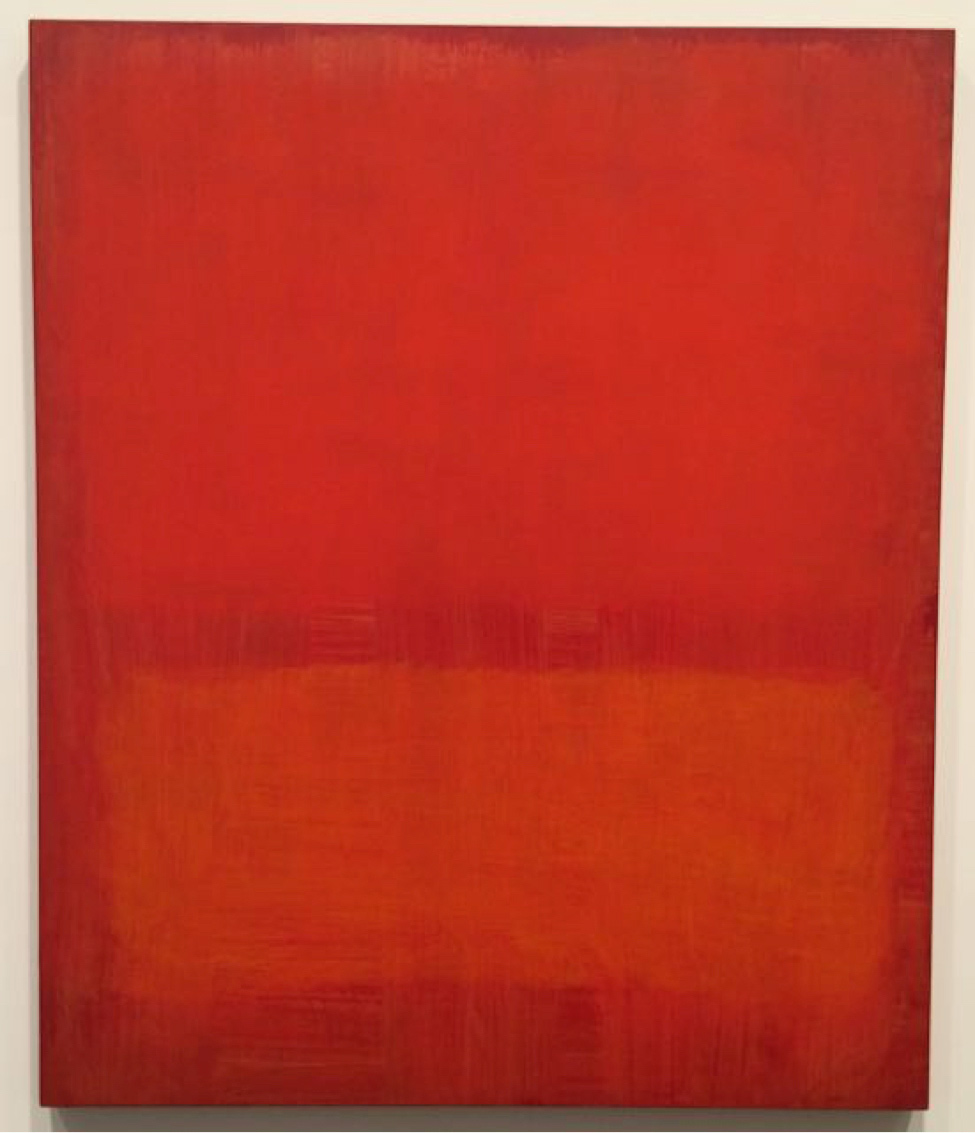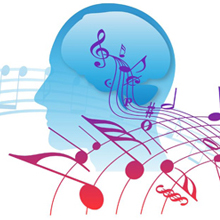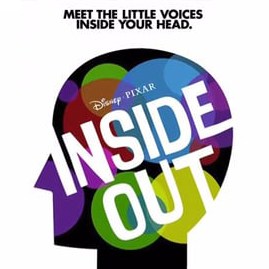Art and science have more in common than you might think. Both value people who are willing to think creatively and experiment with new approaches as they explore how the human mind perceives reality. Though artists and scientists may sometimes speak different languages, there is much they can learn from each other.
Columbia’s Mortimer B. Zuckerman Mind Brain Behavior Institute recognizes the exciting potential of building bridges between these disciplines. In this spirit, Eric Kandel, MD, and the Zuckerman Institute have invited artist Jeff Koons to be the Institute’s first artist-in-residence.
We hope that this dialogue between the worlds of art and science will stimulate new directions in the work that Jeff Koons produces as well as the research our scientists conduct.
During his tenure, Mr. Koons will have the opportunity to immerse himself in the science of brain and mind, attend research seminars, visit laboratories, and meet with scientists individually and in small groups to exchange ideas and discuss the science happening at the Institute. Zuckerman researchers will in turn gain insight into Mr. Koons’s creative process through an artist-in-residence symposium and scheduled visits to his studio in Manhattan.
“We hope that this dialogue between the worlds of art and science will stimulate new directions in the work that Jeff Koons produces as well as the research our scientists conduct,” says Dr. Kandel, recipient of the 2000 Nobel Prize in Physiology or Medicine and codirector of the Zuckerman Institute. “We are delighted to have Jeff Koons as the first artist-in-residence at Columbia’s Zuckerman Institute.”
The Whitney Museum has called Mr. Koons “one of the most important, influential, popular and controversial artists of the postwar era.” Known for working with everyday objects — from balloon animals to vacuum cleaners — he is also no stranger to science. For a piece entitled “One Ball Total Equilibrium Tank,” he collaborated with physicist and Nobel laureate Richard Feynman to create the illusion of a basketball that defies gravity, which hovers in an aquarium miraculously suspended in perpetuity. He has also partnered with MIT’s Center for Bits and Atoms to develop new tools, software and approaches for making art. His art explores themes familiar to anyone with an interest in the brain — from memory and perception to the stimulation of the senses.
"The opportunity to engage with scientists and understand how we think and communicate is thrilling,” says Mr. Koons. “I used to watch Eric Kandel on the Charlie Rose show, and I have always wanted to have a dialogue with someone like him who explores memory and time and reflection from a psychological perspective, from a scientific perspective.”
Dr. Kandel is University Professor in the Departments of Neuroscience, Biochemistry, and Molecular Biophysics, and Psychiatry at Columbia University Medical Center. Celebrated for his pioneering studies into how the brain learns and forms memories, Dr. Kandel also has a deep interest in art and has written two books that explore the relationship between science and art. His latest, Reductionism in Art and Brain Science, explored why the brain finds abstract art appealing and called for greater dialogue between artists and scientists. He became fascinated with Mr. Koons’s work after attending a show at the gallery David Zwirner in New York, and the two men began a public dialogue during an event in Stockholm sponsored by the Nobel Foundation that will be continued through the Zuckerman Institute’s artist-in-residence program.


